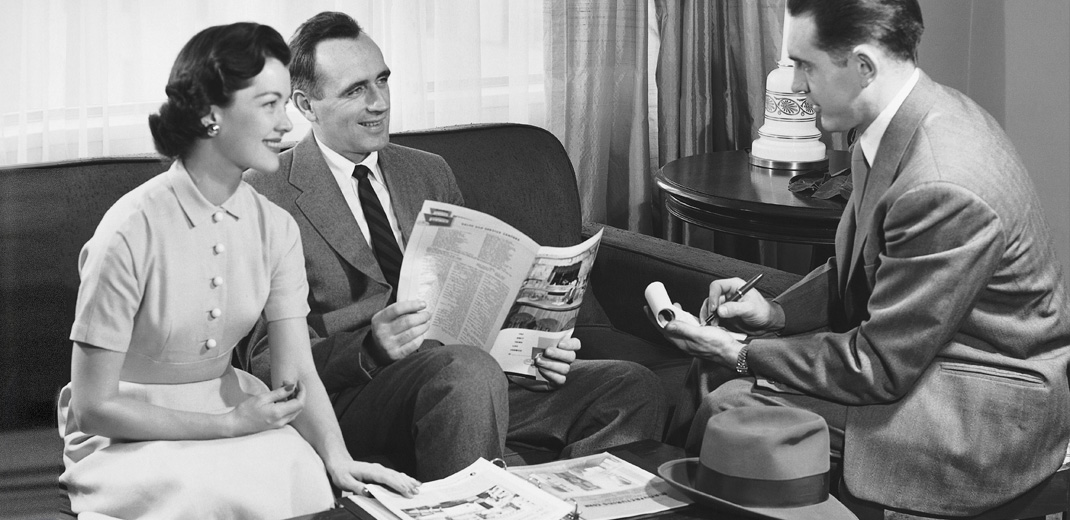Clickbait is to content marketing what smoking is to living: you’ll get your high (metrics), but you will be judged harshly, and eventually, the clickbait will kill you. It’s common sense that misleading readers in order to inflate clicks is bad. However, using clickbait is tempting because we’re under immense pressure to grow an audience and rack up likes, shares, comments, re-tweets and other social ‘vanity’ metrics.
Some content marketers feel that using clickbait is necessary to compete in the marketplace of attention, but that’s not the case at all. If you sell B2B software, make cars or brew beer, you’re not fighting BuzzFeed or Upworthy for an audience – and if you were, you’d lose.
What is interesting though is that every viral site and top blog appears to have a distinct headline strategy. If you have ambitious content marketing goals, you need to develop your own headline style too.
Here’s what I mean by a headline style: BuzzFeed tells you exactly what BuzzFeed is going to tell you. 23 Things That Inevitably Happen When Your Family Gathers For The Holidays, People React To Head Massages and 7 Reasons Babies Are Just Tiny Drunk Adults In Slow Motion are direct. You know what type of entertainment to expect. The style is driven by BuzzFeed’s intention to be informative.
Upworthy, on the other hand, is famous for exploiting the curiosity gap. As Fast Company’s Eric Jaffe explains well, Upworthy creates a hole in our knowledge, and then we feel compelled to click their headlines because we want the answer. Consider these headlines:
- Try To See If You Recognize Your State On This Map. I Bet Ya Don’t
- He Asks Random People On The Street About PTSD. Their Answers Were … Interesting.
- What If Watching One Little Video Saved You Thousands On Your Bills?
You click because you want to discover if you can find your state. You want to hear the answers to questions about PTSD, and you want to know this secret to saving thousands on your bills. Upworthy headlines attract readers by making them wonder what they’re going to find, and BuzzFeed intrigues readers by telling them what they are going to find. Their styles are distinctly different.
BuzzFeed and Upworthy both break most of the headline tips you’ll find on content marketing blogs. For example, one popular infographic from Quick Sprout says six words is the perfect headline length, but clearly BuzzFeed and Upworthy violate that rule, as do tons of other successful blogs. Quick Sprout also suggests using negative words (No, Without, Stop, etc.), but obviously lots of headlines don’t contain that language (look at ‘trending’, ‘most read’ or ‘most shared’ lists on blogs and news sites). You can always find counter examples to headline advice.
Unsurprisingly, every successful blog or media site seems to use a different format. It suggests that typical headline advice underestimates the extent to which headlines are influenced by the content that follows. The headline strategy for an IT security blog and a viral celebrity gossip site shouldn’t be the same. People often draw comparisons between BuzzFeed and Upworthy, but their content is different. They can’t use each other’s headline strategies.
If you simply co-opt someone else’s headline strategy, you’re limiting your own potential. So, create your own headline style.
Start by researching what works in your niche. Because I write for a bunch of different verticals, I use www.BuzzSumo.com to research headline ideas all the time. Instead of looking for a general headline strategy, I go there to see what headlines are drawing the most social shares for a specific topic or industry. See what headlines are capturing the audience that your company wants to engage, and then decode the winning headlines (e.g. Concise, menacing, usually includes ‘You’, often split by a colon, timely versus evergreen, etc.). This is a good starting point.
As you build your brand’s style, remember that major blogs don’t pick any individual headline until they’ve split test multiple options with samples of visitors. If you have the time, tools and the visitor traffic to do this, give split testing a shot. It will benefit each post and also help you refine your headline style.
Finally, a style doesn’t demand the same format every time. If every headline reads, “6 Ways to ____” or “5 Tips for ____”, your readers (and you) will grow numb. New posts need stand out from the old.
I can’t give you steadfast rules for headlines, but I can say that clickbait will backfire, and the most successful blogs and media outlets have all developed unique headline strategies. See what’s out there, learn from most the popular content in your vertical and then craft your own style. Trial and error will reveal what really works.








